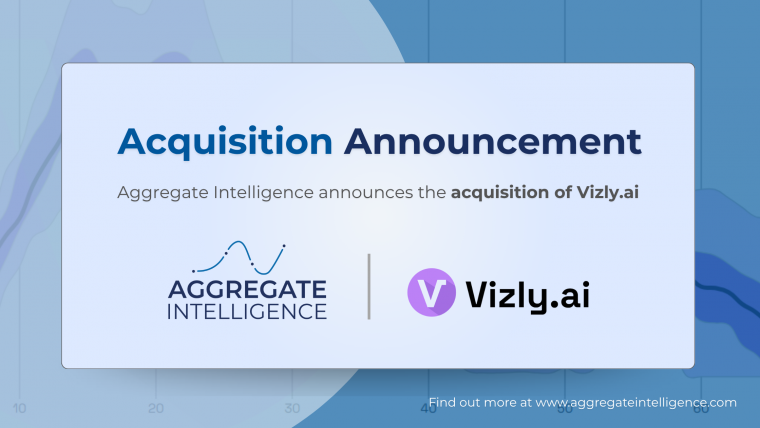Overview:
The car rental industry is experiencing rapid transformation, driven by fluctuating demand, digitalization, and evolving traveler expectations. According to Statista, the global car rental market is projected to reach $141.2 billion by 2025, up from $120.2 billion in 2023. In the US alone, revenue is expected to surpass $38.5 billion in 2025 (IBISWorld, 2025). For revenue managers, optimizing pricing strategies is crucial to capture market share, maximize yield, and respond to both global and local market dynamics.
How Are Dynamic Pricing Models Shaping Car Rental Revenue in 2025?
- Dynamic pricing is now the industry standard, with over 85% of major car rental brands using AI-driven pricing tools (Phocuswright, 2024).
- Real-time data inputs include:
- Fleet availability and utilization rates
- Local demand surges (events, holidays, weather)
- Competitor pricing scraped from OTAs and direct channels
- Booking lead times and cancellation rates
- Yield management systems are increasingly integrated with airline and hotel partners for cross-vertical optimization.
- Personalized pricing is on the rise, with loyalty members receiving targeted offers based on past rental behavior and predicted lifetime value.
- Mobile and app-based bookings are prioritized with exclusive, time-limited rates to drive direct channel growth.
Which Pricing Strategies Are Delivering the Highest Revenue Uplift?
- Length-of-rental pricing: Discounts for longer rentals, surcharges for one-day or peak-period bookings.
- Geo-targeted pricing: Adjusting rates based on pick-up location, with airports commanding up to 30% higher ADR than downtown branches.
- Ancillary bundling: Packaging insurance, GPS, and child seats at a discount to increase per-rental revenue.
- Last-minute pricing: Flash sales and mobile-only offers to fill unsold inventory within 48 hours of pick-up.
- Seasonal and event-based surcharges: Dynamic rate increases during major events (e.g., Olympics, Super Bowl) and holidays.
- Fleet segmentation: Premium vehicles and EVs priced dynamically based on demand elasticity and availability.
How Are Technology and Data Analytics Transforming Revenue Management?
- AI and machine learning are used to forecast demand, optimize fleet allocation, and set real-time prices.
- Integrated dashboards provide revenue managers with live competitor rate tracking and market analytics.
- API connectivity with airline and hotel partners enables seamless cross-selling and dynamic packaging.
- Customer segmentation tools allow for micro-targeted promotions and personalized pricing.
- Automated yield management reduces manual intervention and speeds up response to market changes.
What Are the Main Challenges and Opportunities for 2025 and Beyond?
- Challenges:
- Managing fleet shortages and supply chain disruptions
- Balancing price competitiveness with profitability
- Adapting to regulatory changes (e.g., EV mandates, data privacy)
- Integrating legacy systems with new tech platforms
- Opportunities:
- Expanding direct digital channels to reduce OTA commissions
- Leveraging loyalty programs for higher retention and upsell
- Investing in EV fleets to capture eco-conscious travelers
- Using predictive analytics for proactive pricing and inventory management
Conclusion: What Should Revenue Managers Prioritize for Sustainable Growth?
- Embrace dynamic, data-driven pricing as the foundation of revenue optimization.
- Invest in technology that enables real-time market response and personalized offers.
- Focus on direct channel growth and ancillary bundling to maximize per-customer value.
- Monitor global and US trends to benchmark performance and identify new opportunities.



